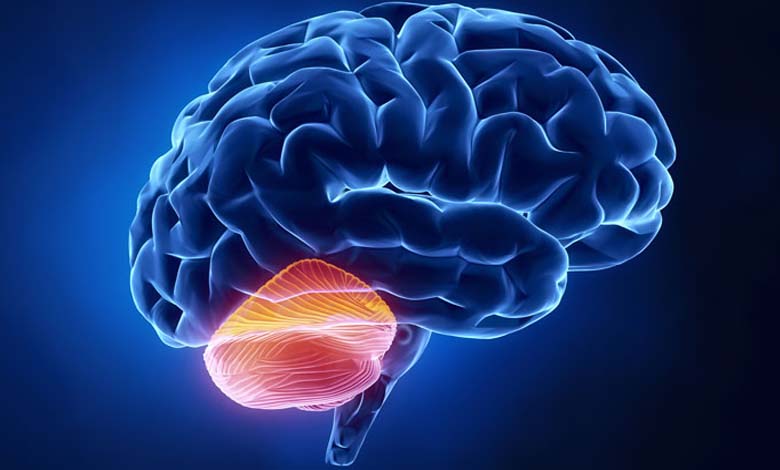Discovery of an Unexpected Function of the Cerebellum

The cerebellum represents only 10% of the brain mass, but don’t let this small size deceive you; as it contains over three-quarters of the brain’s nerve cells.
For many years, it was believed that this part of the nervous system located at the base of the skull mainly dealt with coordinating motor functions, such as balance and movement. However, recent research has revealed that the “cerebellum” plays a major role in the learning process.
The lead researcher, neuroscientist Andrea Bostan from the University of Pittsburgh, stated, “The old assumption about the cerebellum’s function is that it only controls our movements, however, we now know that there are interconnected parts of the cerebellum, and it seems that they have evolved alongside brain regions that also control our thinking.”
In the study, researchers trained monkeys to move their left or right hand in response to images displayed on the screen, providing juice as a reward when they made the correct movements.
It was found that using drugs to temporarily disable the lateral posterior part of the cerebellum in monkeys had a significant impact on their learning. Even with the juice reward, monkeys struggled to remember the hand supposed to move in response to a given image.
Bostan explained, “When you disable this cerebellar region, you weaken the learning of new tasks, as it becomes much slower and requires many repetitions, and performance does not reach the same level.”
Other tests revealed that movement performance was not affected by stopping the lateral posterior part of the cerebellum, and there appeared to be no difference in the learning process when stopping other parts of the cerebellum.
Bostan emphasized, “Our research provides clear evidence that the cerebellum is not only important for learning how to perform skilled actions, but also for knowing the most valuable actions in particular situations.”
She continued, “This helps to explain some non-motor difficulties in people with cerebellar disorders.”












